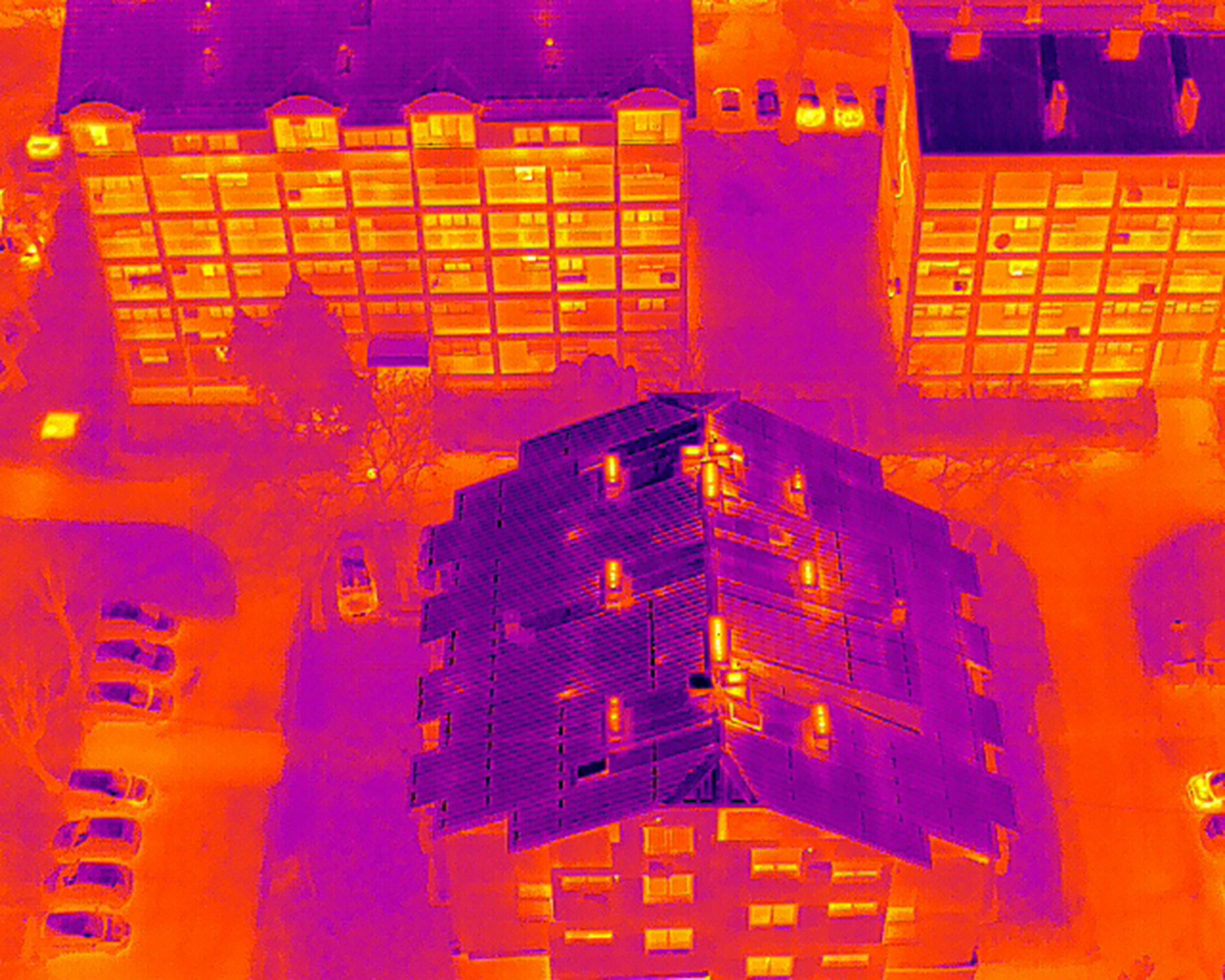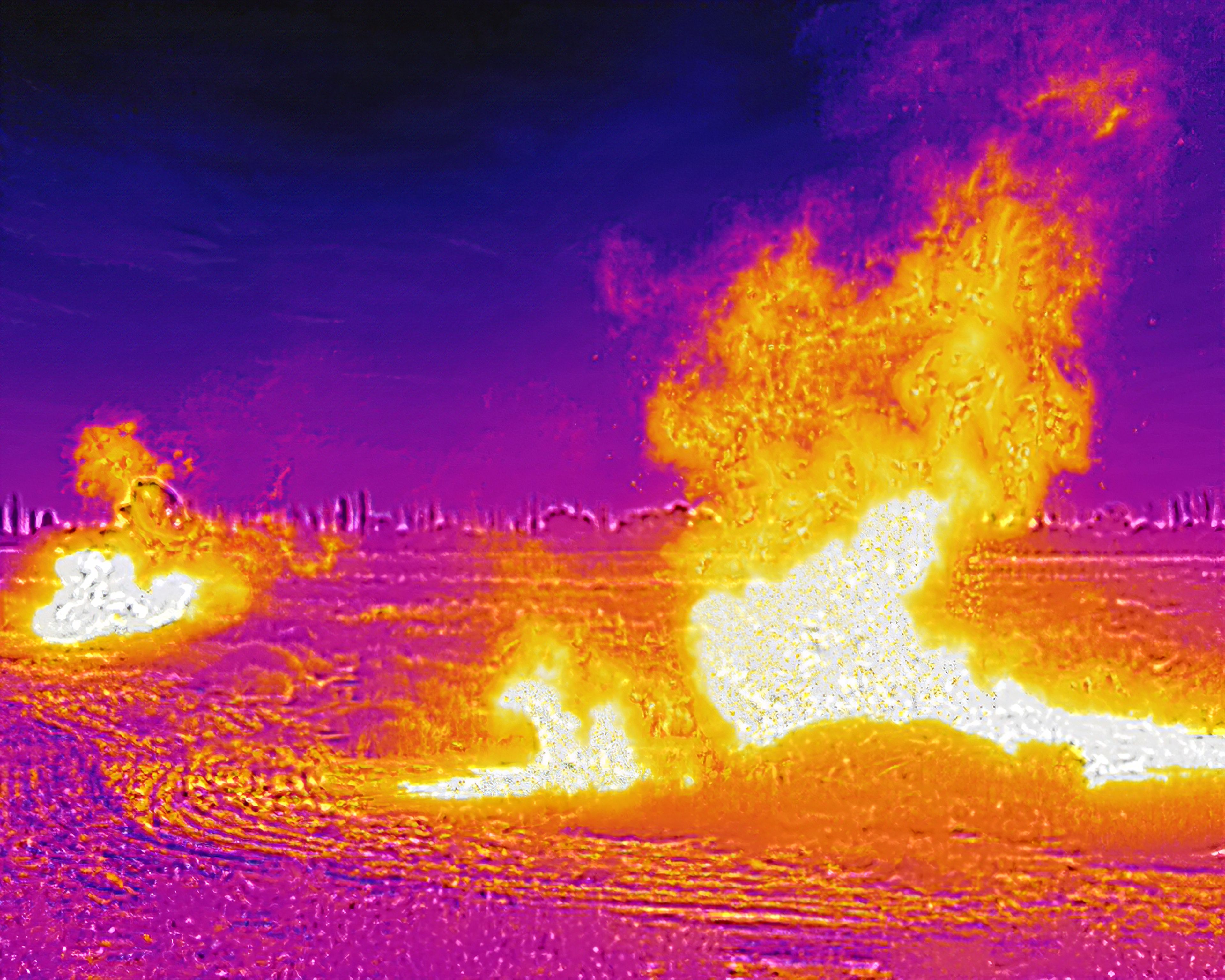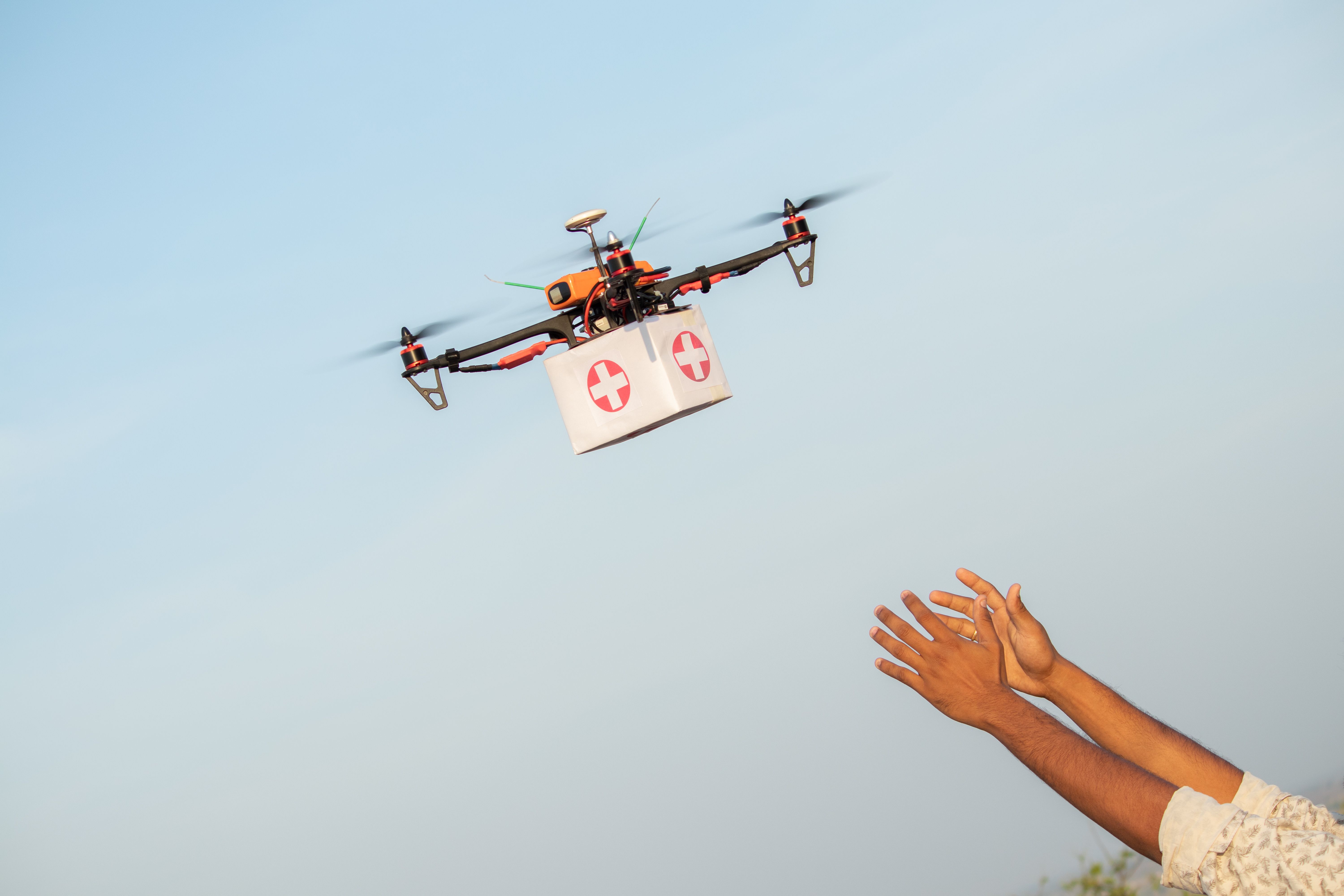Civilians and Thermal Drones: A New Era in Emergency Response
Introduction to Thermal Drones
The integration of thermal drones into emergency response operations marks a significant advancement in public safety and disaster management. These drones, equipped with thermal imaging cameras, offer a new perspective in monitoring and assessing situations that are otherwise challenging to handle. They have become indispensable tools for first responders, enhancing their ability to save lives and mitigate damage in critical scenarios.
The ability of thermal drones to detect heat signatures allows them to identify hotspots, track movements, and provide real-time data to emergency teams on the ground. This technology is particularly useful in situations such as search and rescue missions, firefighting, and disaster recovery efforts.

Enhancing Search and Rescue Operations
One of the most significant benefits of using thermal drones in emergency response is their impact on search and rescue operations. In situations where every second counts, these drones can quickly cover large areas, detecting heat signatures from missing persons even in challenging terrains or adverse weather conditions. This rapid response capability can significantly reduce the time it takes to locate individuals in distress.
Furthermore, thermal drones can operate day or night, providing continuous support to rescue teams. This capability ensures that search operations are not hindered by darkness or limited visibility, thus increasing the chances of successful rescues.
Firefighting Applications
In firefighting scenarios, thermal drones offer a unique advantage by identifying hotspots and assessing fire spread patterns. Firefighters can use this information to make informed decisions about where to allocate resources and how to approach the fire safely. By providing a bird's-eye view, these drones help in strategizing containment efforts, ultimately reducing the risk to human life and property.

Additionally, thermal drones can monitor the safety of firefighters by identifying potential hazards such as gas leaks or structural weaknesses that might not be visible to the naked eye. This real-time data supports more effective and safer firefighting operations.
Disaster Recovery and Assessment
After a natural disaster strikes, assessing the extent of damage is crucial for effective recovery efforts. Thermal drones can provide detailed aerial imagery that helps emergency management teams evaluate the situation quickly. By mapping out affected areas, these drones assist in prioritizing response efforts and resource allocation.
Moreover, thermal imaging can detect energy leaks from damaged infrastructure, aiding in the restoration of essential services such as electricity and heating. This capability is especially beneficial in regions prone to extreme weather conditions where timely recovery is crucial for community resilience.

Challenges and Considerations
Despite their numerous benefits, the use of thermal drones in civilian emergency response does come with challenges. Concerns regarding privacy, airspace regulations, and data security need to be addressed to ensure responsible deployment. It is crucial for authorities to establish clear guidelines and protocols for the use of drones in emergency situations to balance public safety with individual privacy rights.
Training for drone operators is another critical consideration. Skilled pilots are essential to maximize the potential of thermal drones while minimizing risks associated with their use. Comprehensive training programs should be implemented to ensure that operators are proficient in handling these advanced tools effectively.
The Future of Emergency Response
As technology advances, the role of thermal drones in emergency response is expected to grow even further. Innovations such as enhanced sensor capabilities, improved battery life, and autonomous flight modes will continue to expand their applications and effectiveness.
The integration of artificial intelligence with thermal imaging is another promising development. AI can enhance data analysis, providing insightful predictions and automating routine tasks during emergency operations. This synergy between technology and human expertise will redefine how emergencies are managed, paving the way for smarter and more efficient responses.